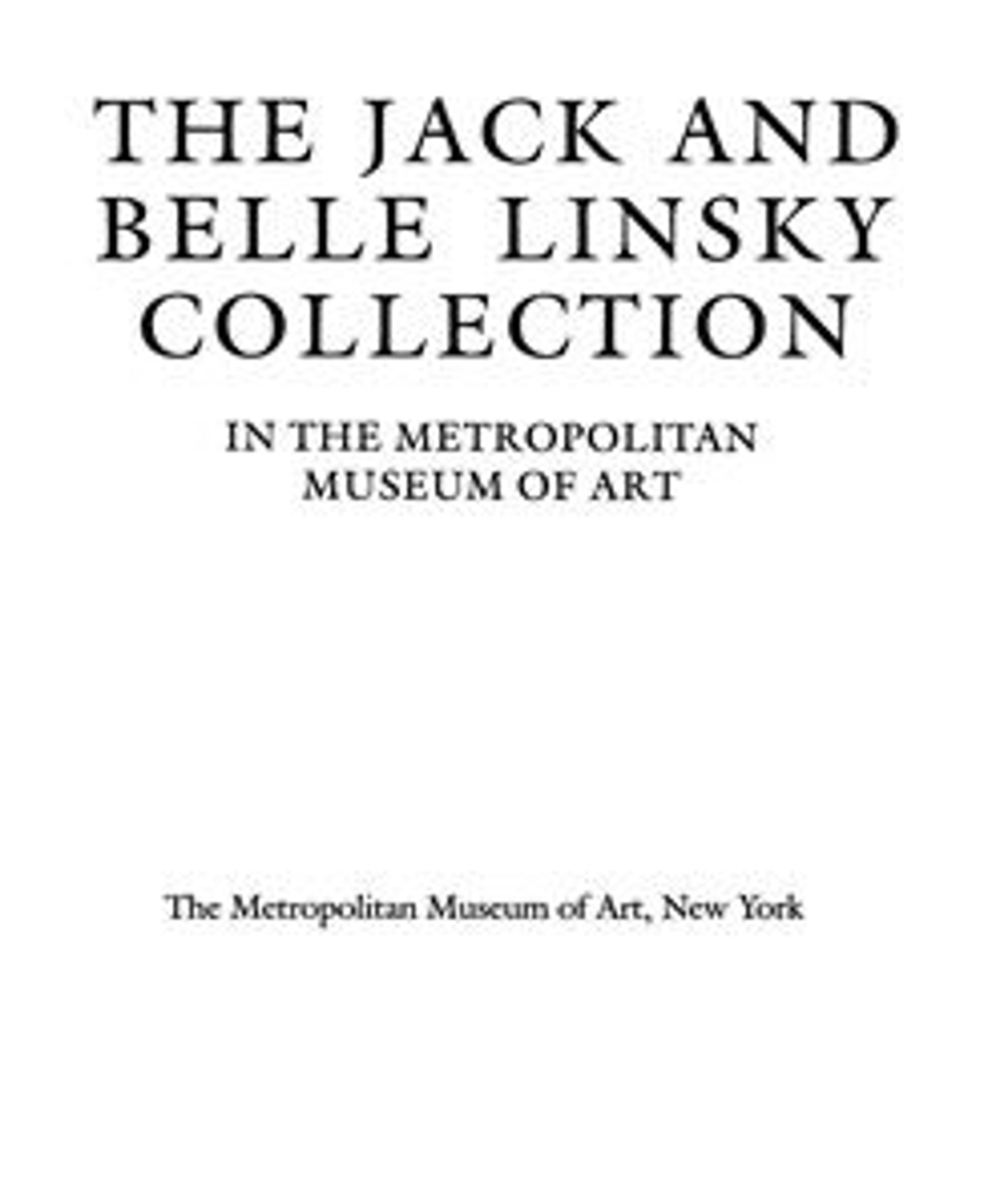Pendant in the form of a parrot
A comparable pendant from an inventory preserved in the Archivo del Real Monasterio in Guadalupe, Spain, is illustrated by Priscilla E. Muller, who noted that parrots were preferred subjects for Spanish Renaissance jewels and that another Spanish inventory of 1559 described one of “green-enameled gold” with “a pearl as its body, two suspended from its wings, a third atop the jewel.”[1] Some of the feathers of the Linsky parrot jewel show evidence that they have been reenameled in blue and red over the translucent green with which they were originally enameled. A piece of mother-of-pearl fitted to the back of the bird may have been added when the jewel was reenameled.
Footnotes:
[1] P. E. Muller, Jewels in Spain, 1500–1800, New York, 1972, pl. IV, pp. 76-77.
[Clare Vincent, The Jack and Belle Linsky Collection in the Metropolitan Museum of Art, New York, 1984, p. 182, no. 99]
Footnotes:
[1] P. E. Muller, Jewels in Spain, 1500–1800, New York, 1972, pl. IV, pp. 76-77.
[Clare Vincent, The Jack and Belle Linsky Collection in the Metropolitan Museum of Art, New York, 1984, p. 182, no. 99]
Artwork Details
- Title: Pendant in the form of a parrot
- Date: late 16th–early 17th century
- Culture: probably Spanish
- Medium: Baroque pearls with enameled gold mounts and with pendant pearls
- Dimensions: Height: 2 7/8 in. (7.3 cm)
- Classifications: Jewelry, Metalwork-Gold and Platinum
- Credit Line: The Jack and Belle Linsky Collection, 1982
- Object Number: 1982.60.390
- Curatorial Department: European Sculpture and Decorative Arts
More Artwork
Research Resources
The Met provides unparalleled resources for research and welcomes an international community of students and scholars. The Met's Open Access API is where creators and researchers can connect to the The Met collection. Open Access data and public domain images are available for unrestricted commercial and noncommercial use without permission or fee.
To request images under copyright and other restrictions, please use this Image Request form.
Feedback
We continue to research and examine historical and cultural context for objects in The Met collection. If you have comments or questions about this object record, please complete and submit this form. The Museum looks forward to receiving your comments.
